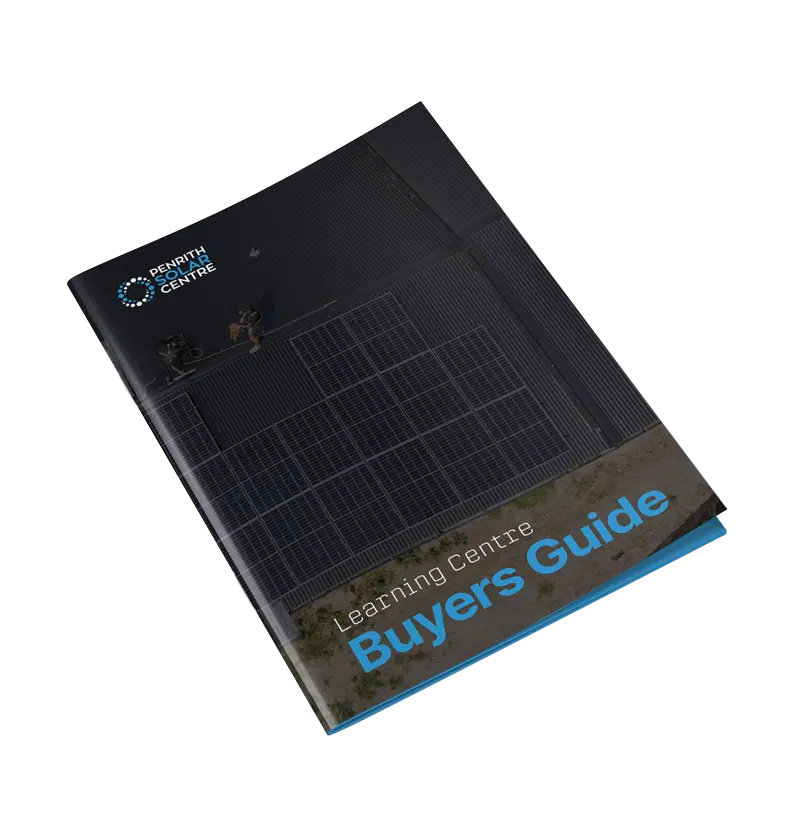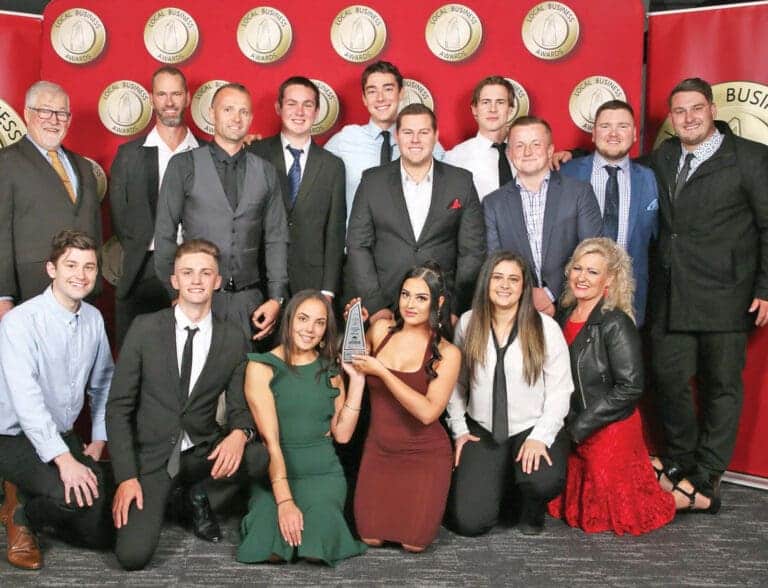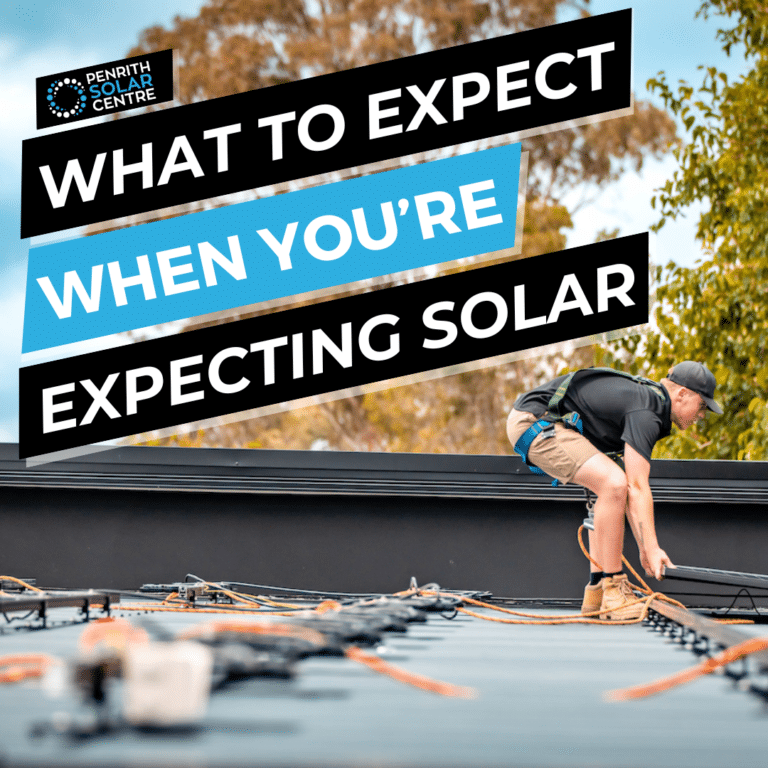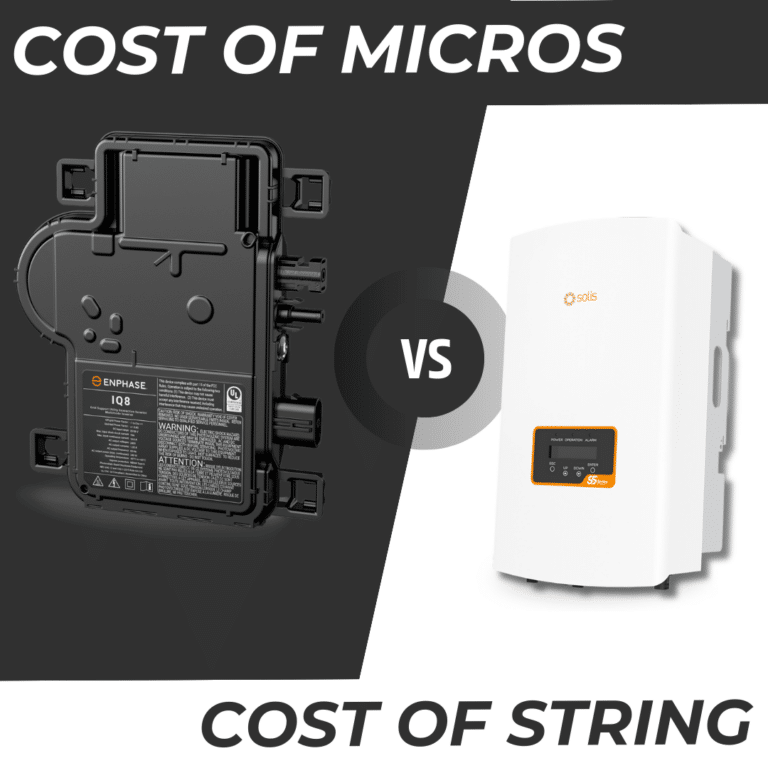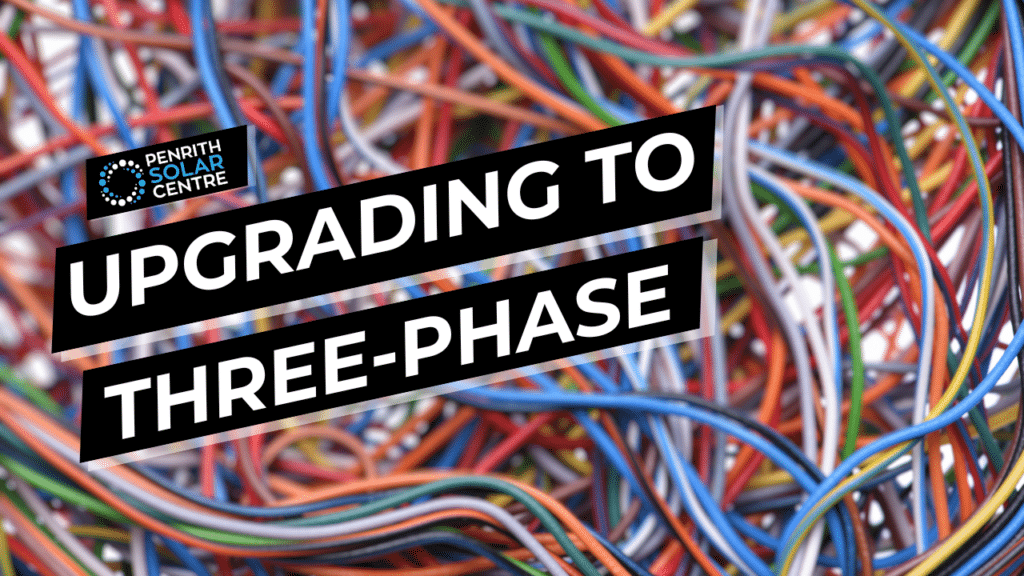
As you move through your solar journey, you will inevitably come across the single-phase/three-phase upgrade debate. When installing a solar system on your roof, do you want to keep the single-phase connections or are you interested in upgrading to three-phase connectivity?
Single-phase and three-phase connections are important things for electricians to worry about, but most people need not concern themselves. If you don’t know how your home is connected to the electric grid, don’t worry – most don’t.
There are, however, some real advantages to levelling up to three-phase when it comes to installing solar.
At Penrith Solar Centre, we are committed to helping you understand every step of your solar journey. We’ve installed thousands of solar systems and we’re experts in helping you maximise your system’s efficiency. If you are concerned about spending more on upfront costs by upgrading to three-phase connectivity, then you’re in the right place. We’re here to guide you through weighing the initial expenses versus the long-term payback. It’s what we do every day.
In this article, you will learn:
- What is a Three-Phase Electric Power Supply?
- Who Has Three-Phase Electric Power Connected?
- How Do Know If I Have a Single-Phase or Three-Phase Home?
- Who Wants a Three-Phase Upgrade?
- What’s the Difference Between a Single-Phase and a Three-Phase Solar Installation?
- Advantages Of Keeping a Single-Phase Connection
- Battery Backup and a Three-Phase Connection
- What’s the Cost of Upgrading from Single-Phase to Three-Phase in Australia?
- When Is It Better to Have a Three-Phase Connection?
There’s quite a lot to it, but for now, we’re just going to look at whether you might want to upgrade your connection to the grid when you install solar and the circumstances that might encourage you to do it.
By the end of this article, you’ll have a better understanding of what upgrading to three-phase connectivity can do for your solar system and your home.
What is a Three-Phase Electric Power Supply?
Three-phase power (and single-phase power as well) is a phrase used by electricians when describing the wiring that connects your home to the grid.
Three-phase power is a four-wire alternating current (AC) circuit that consists of three active conductors and one neutral conductor.
To crudely simplify that: current flows through all three actives to power your home and appliances before flowing back out to the grid through the neutral wire. On a single-phase site, current flows through just one active wire and back out the neutral wire.
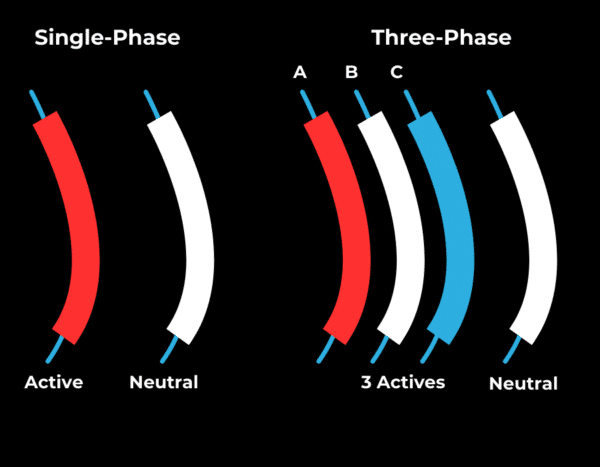
If you want to learn more about what a three-phase power supply is and how it’s different from single-phase connections, you might want to check out the following article titled, Single Phase vs. Three Phase: How Are They Different?
Who Has Three-Phase Power Connected?
Around 50% of homes in the Sydney metro area have three-phase connections and we see about 50% with single-phase. If you don’t know whether your home is single-phase or three-phase, don’t worry. Most of our clients don’t know either when they start out.
Most homes, and most streets, have three-phase connectivity available. You’ll find that what’s available in your neighbourhood depends largely on your DNSP (Distribution Network Service Provider).
In New South Wales, there are three DNSPs responsible for operating the infrastructure that delivers electricity to your home (the grid). Each DNSP is a monopoly that regulates the distribution of electricity in a region.
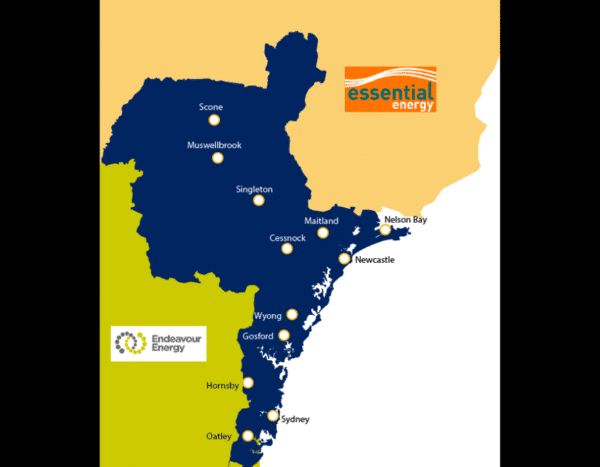
For more information on DNSPs, you might want to check out the following article titled, Energy Distributors vs. Energy Retailers: What’s the Difference?
In Endeavour Energy, who is our local DNSP here in Penrith, there aren’t too many places where three-phase doesn’t exist on the low-voltage network.
Brief aside for clarity: A low-voltage network is part of the whole distribution network, but only refers to the section of the grid that carries electricity from distribution transformers to the connection point on your home. In Australia, the low-voltage network is always 400/230 volts.
Essential Energy, which covers rural New South Wales, you will find quite a few homes that don’t have three-phase available and only have a single-phase transformer.
In Ausgrid, which covers downtown Sydney and its immediate suburbs, it is very, very uncommon to only have a single-phase network available. In fact, in Ausgrid you’ll even find twin low-voltage networks on the same pole, meaning you have two separate connections of three-phase, low-voltage network on the same street. That’s a lot of power.
How Do I Know If I Have a Single-Phase or Three-Phase Home?
It’s not too difficult to figure this out.
At your main switchboard, there should be a main switch and it should be labelled. If that switch has three smaller switches connected together, you probably have three-phase power on your home. If that main switch is just one skinny switch, it’s probably single-phase power.
Who Wants a Three-Phase Upgrade?
What size solar system can you actually install on your home? How much energy do you consume, when do you consume it, and what are your energy goals long-term? The answers to these questions will inform the size of your solar system. And the size of your system will dictate whether you may want to upgrade to a three-phase connection.
When you speak with your solar installer, they should be asking you the above questions and discussing your answers with you. If together you and your installer feel it’s appropriate to look into a three-phase upgrade, it will have a lot to do with how much you intend to export back to the electrical grid.
Each DNSP in New South Wales has different limits to what a solar system can export back to the electrical grid. They have these limits in place to protect the balance of the entire distribution network. The rules for how much electricity you can send back for a feed-in tariff are different depending on where you live.
Both Endeavour and Ausgrid have a 10kW inverter limit for single-phase connections. However, that doesn’t mean that they allow 10kW to be exported back to the grid. With Endeavour Energy, there’s a single-phase export limit of 5kW. And in Ausgrid, you can export all 10kW back to the grid. The export limit is twice that of Endeavour’s.
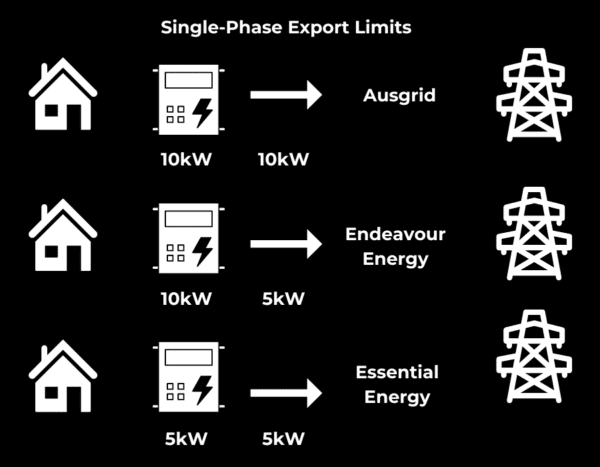
At Penrith Solar, we often install more than 10kW of panels on the roof, but the solar system must be programmed with an export limit of 5kW (when single-phase)
As our solar system size average has increased to around 12kW (give or take a few here and there), we have noticed the trend of a 5kW inverter with 6.6kW of panels on the roof has dramatically dwindled. Folks used to do that because they would say it’s the biggest that you can do on a single-phase site. That isn’t actually true. You’ve always been allowed to go greater than five, you just have to limit how much you export back to the grid.
Now why don’t some installers want to offer that option? Why would a solar installation company not tell you about this ability?
The reality is most of them don’t include consumption monitoring with the solar systems they are installing (because they’re installing cheap string inverter systems). You need consumption monitoring to set export limits for a single-phase inverter.
Without consumption monitoring, you’re locked into a 5kW export limit with 6.6kW of solar on the roof so the panel output matches the export limit – even though that’s completely unnecessary.
Now that might sound like we’re trying to pick a fight – we aren’t — however, it is strange to us that given the opportunity to increase your solar generation for your home, you and your installer wouldn’t take advantage of it. It’s also strange to us that solar experts in Australia are not advocating for more panels with a storage solution to keep that precious power for your home. Maybe they don’t want you to save money? Who knows?
With three-phase connections, your export limit is very different from a single-phase setup. In residential areas, you are allowed to have 30kW of inverter capacity. With Ausgrid, the export limit is 30kW, and with Endeavour Energy, Essential Energy, the export limit is 15kW for a three-phase setup.
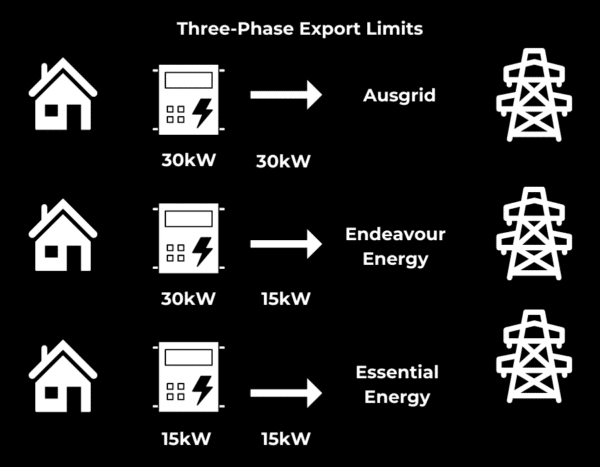
A three-phase upgrade certainly has advantages if you want a big solar system. However, if your energy needs are limited or low and you’re only installing up to 8kW or 9kW, three-phase may not be needed, especially when you add battery storage to the mix. We’ll get to that shortly.
Just remember that anyone who says you can only do a 5kW inverter with a 6.6kW solar system is actually wrong. You can do 10kW quite easily and program your export limit to 5 kW.
What’s the Difference Between a Single-Phase and a Three-Phase Solar Installation?
If you have a three-phase connection to your home, you really should get a three-phase system installed. At Penrith Solar Centre, we only install three-phase systems on three-phase homes. If the house is single-phase, then we (or another certified installer) will (or should) install a single-phase system.
You can install a single-phase system on a three-phase house. It’s not the best practise and there aren’t any advantages to it. In fact, it complicates issues like voltage rise where you would want to split your solar’s output across three phases.
If you have a three-phase connection on your house, do not let your solar installer install a single-phase system. Solar installers do it all the time. They’ll do it if you get the 5kW of panels with a 6.6kW inverter.
A microinverter is a single-phase inverter. Yet they are a key component of a three-phase system. The trunking cable that we use on the roof to connect the microinverters together comes in two types: a single-phase and a three-phase trunking cable.
A single-phase trunking cable is relatively self-explanatory; you just plug everything in, and it works. A three-phase trunking cable will have every third microinverter on a different phase. The cable itself has an A phase connection, one for B phase, and one for C phase. The cable makes it a three-phase system.
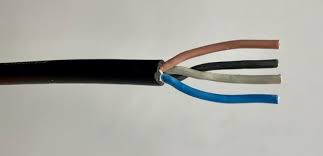
The trunking cable connects the system (through a few other pieces of technology like the iBoard and the main switchboard) to the home.
With a three-phase system on the roof, you can actually have three times the amount of microinverters that you would be limited to on a single phase. So if you can install 11 microinverters on a single-phase branch, then you can install 36 microinverters on a three-phase branch. On a three-phase site, the total number of microinverters can be up to 350 per Envoy (depending on the model of microinverter). As long as you comply with voltage rise guidelines, that trunking cable can do the job.
We’ve mentioned voltage rise a couple of times now in this article. If you’re interested in learning more about it, you might want to check out the following article titled, Everything You Need to Know About Voltage Rise.
Advantages Of Keeping a Single-Phase Connection
There is an advantage of having a single-phase home with battery storage: most solar batteries on the market (such as the Enphase IQ Battery 5P and the Tesla Powerwall 3), provide full home backup on a single-phase house. If you have a three-phase connection, it’s not yet possible to achieve backup for the entire home across all three phases. It is not possible.
A battery can only backup one phase because it can only be installed on one phase (wire). There isn’t a solar battery that connects to all three phases (wires). If you’re in a three-phase connected home, then the battery needs to be installed on one of the three phases, which is only backing up 1/3 of your house.
We’re talking about backup only. This only applies to your battery supplying you with energy when the grid goes down. Which is important to note.
Battery Backup and a Three-Phase Connection
Our founder, Jake Warner (who’s a licensed electrician), has some personal experience to share about solar batteries and the three-phase connection to his home:

With Tesla and Enphase batteries on a three-phase system, you would need to install them across multiple phases. My house is a great example. I’ve got four batteries. You might wonder how far you could split that up.
I have 2 batteries on A phase, 1 battery on B phase, and 1 battery on C phase. Now when the grid goes out, do you know what happens to them?
If I don’t have power, and I’ve lost phases B and C, then I cannot use my air con. My oven also drops off, underfloor heating drops off. My pool drops off. What’s backed up in my house is everything else.
Essentially, when the backup kicks in, my house becomes single-phase. When the grid comes back on, my system doesn’t just instantly start up again either. No. My system sits there and watches the grid for a couple of minutes to see if it’s really coming back on.
It takes a couple of minutes for the solar battery to synchronise with what my solar is doing and what the grid’s doing. When the grid is settled, and stops having its little murmurs and tremors, it will resynchronize, and I’ll get my B & C phases back and the two batteries on those two phases will come back online.
Now, for electric vehicle charging, three-phase is really important (but not compulsory). I’ll use my house and my car as an example if you’re thinking about installing an electric vehicle charger. I have a Tesla S and on a three-phase system, it will charge at 18kW. On a single-phase connection, it’ll only charge 7kW – around one third of a three-phase connection.
If you need your battery to recover quite quickly, you’ll want three-phase power. If you’re happy with a slower charging rate – maybe you have a Tesla Y or 3 – then you’re looking at a maximum charging rate of 11kW for three-phase connections. The difference isn’t quite as big, but it is still substantial.
Strongly consider an upgrade to three-phase if you’re thinking about electric vehicle charging. Especially if you’re in a home with multiple electric vehicles and only one charger.
What’s the Cost of Upgrading from Single-Phase to Three-Phase in Australia?
It can be as low as $3,000 or as high as $10,000. We don’t provide this installation and neither does your DNSP, so we only have estimates from Level 2 electricians (the ones who can do this type of installation).
The cost to upgrade from single-phase to three-phase for your home will depend on where you live, how your home is wired, and who is doing the installation.
The service is usually priced by the length of the wiring, provided it connects from the nearest existing three-phase power line in the neighbourhood.
When you’re designing your solar system, you really need to think about the end result for your home. If it’s going to cost you a couple hundred bucks to do a three-phase upgrade, you might want to seriously consider this.
The cheapest we usually see is around $700. That’s only the cost if your home already has three phases connected to the back of your main switchboard, but they only ever connected one phase out of the three available. The wires are there, capped off and ready to use.
Upgrading to three-phase gets expensive when you need to install the cable that will run from the street to your home. If it’s an overhead cable run, the upgrade is actually quite easy and is usually done in four to five hours.
If the cable is underground, it will take longer and cost more because they have to dig. You will find that most houses built from 2015 onwards already have a three-phase run from the street to the home already. It was simply never connected. This happens from time to time because building contractors save every dollar they can.
Contact your local DNSP and find out if three-phase is available in your area/neighbourhood. You will then need to reach out to a Level 2 electrician for the installation.
When Is It Better to Have a Three-Phase Connection?
Now, when is it better to have a three-phase connection?
When you want a solar system bigger than 10kW, it’s definitely better to have three-phase installed. The export limits are not as strict (up to 30kW in some areas, remember?) and you’ll have a better-balanced system feeding your home a steady supply of electricity.
If you have a three-phase home, you can install a three-phase air conditioner. They are absolutely more efficient than single-phase air conditioners. Don’t let your builder put a single-phase air conditioner on a three-phase site. Load balancing aside, you will just have a more pleasant experience with a three-phase air conditioner in Australia.
A three-phase upgrade is something you should consider if you have power-hungry machinery that you use for a side hustle or hobby – things like table saws and lathes. Anything with a motor, really. It’s also important to note that spas and pools can be three-phase and might require an upgrade as well if you plan on installing one or the other.
If you just need electricity for your lights or hot water or any small appliances like a coffee machine, you might want to save the money and not upgrade. Until you get solar.
Ladies and gentlemen, once again with a few thoughts, is our founder, Jake Warner:
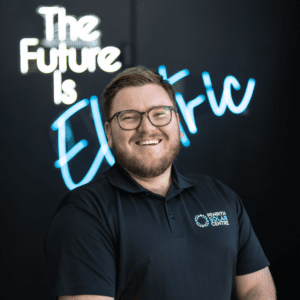
In my opinion, three-phase is preferred. In every house I’ve ever owned, I’ve had three-phase. Even if those homes didn’t, I would have paid for a three-phase upgrade.
I have a 30kW system with multiple batteries and I know that it performs better with three phases than one.
If you’re installing a solar system that’s 15kW or larger, you’ll need to do a three-phase upgrade. Everyone’s circumstances are different; different needs and different limitations on the property. It all comes down to the value you want to add to your home.
If you suddenly fell in love with woodworking and needed to spend thousands on an upgrade, chances are you wouldn’t blink twice. You would do it and assume there’s no return on investment. With solar, it’s not really different. It’s property enhancement.
The difference is the solar system will make money for you over time whereas a hobby probably won’t. It’s bigger and better. While it might sound counterintuitive for the payback period to decrease with a larger investment in solar, that is the case.
If you’re interested in learning more about the play between upfront costs and payback period, you might want to check out the following article titled, What is the Payback Period for Solar Panels in Australia?
All that being said, if your home is residential and you’re looking at up to 10kW in solar and no more, it may not be the end of the world to leave it as a single-phase home. It won’t be a problem for you at all.
Upgrading to Three-Phase: If the Shoe Fits, Wire It.
Now you know the specifics of upgrading from single-phase to three-phase for solar. You know what it is and who might want to consider looking at an upgrade. Things like export limits and solar batteries also factor into the decision, but the size of your solar system is what will really make that decision for you. You even got a little encouragement from our founder and CEO, Jake, about why you might want to invest that extra coin for more power.
At Penrith Solar Centre, we’ve guided thousands of customers through the considerations for an upgrade from single-phase to three-phase. We’re a company built by electricians, and we carry that expertise into every installation we do. We listen to your needs and work with you to assess things like cost and long-term benefits of each choice that goes into your system.
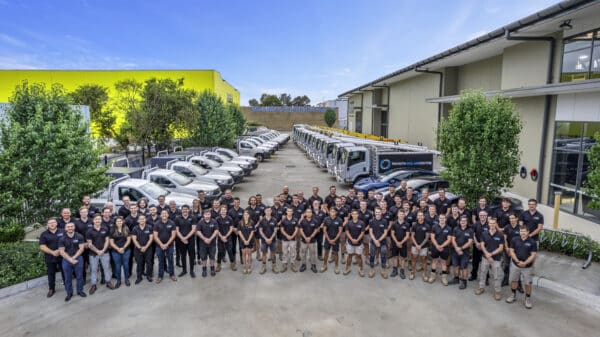
If you’re interested in learning more about how your home interacts with the grid, you might want to check out the following article titled, How Does Solar Net Metering Work?
